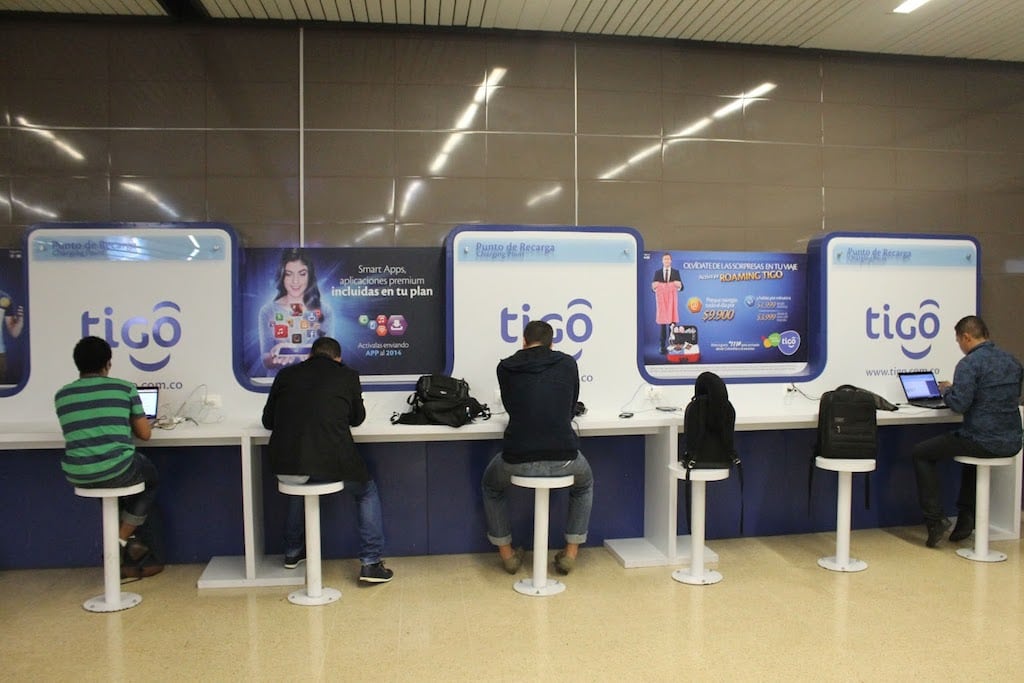Skift Take
Airports need to use their data resources to advantage. A static ad displayed in a terminal for months on end isn't the best way to communicate with a traveler.
After solving the basics, such as having enough seats at the gates and speeding security lines, airports need to improve their spending on “emotional” aspects of the passenger experience if the airports want to bolster their profits.
That’s the view of research firm Epinion, which published a report highlighting how airports can employ smarter strategies for engaging with airline passengers. Epinion found 40% of spending at airports is driven by functional contentment such as short security wait times, clean terminal bathrooms, and enough available seats at gate areas.
The remaining 60% of airport spending focuses on passengers’ emotional contentment, such as friendliness of security personnel and how a traveler was treated at the check-in counter.
If an airport increases passenger satisfaction by just 2% it would see an increased spend of $0.8 per passenger, the report found.
If an airport implements targeted advertising it can generates about 2.7 times more revenue than non-targeted advertising, Epinion found.
“Most airports measure and follow the functional drivers, but in order to really capture and optimize the research and the measurements airports are doing today they will have to look more into the emotional aspect of the passenger journey through the airport,” said Kristian Budolfsen, a spokesperson for Epinion.
“Most airports possess loads and loads of data, but quite often the data sources are not structured, being decentralized in many departments and not mapped in regards to content, value and coherency with the other data sources.”
One of the problems, the report states, is many airports still don’t view passengers as consumers. They also balk at targeted advertising, which isn’t always cheap. In 2014, airport operators worldwide invested nearly $7 billion in IT services for a wide variety of services, including advertising tech.
How Beacons Factor In
In January Copenhagen Airport became the first in the world to remove all of its static advertising, such as posters, and replaced them with rolling video billboards. The new video ads are tailored to specific consumer groups as they pass through the terminals and these screens will soon perform facial recognition to change the ad display based on a passenger’s age, gender, and attention levels — all based on iBeacon technology.
The airport reports moderate spending increases in the five months since it implemented the new screens.
Miami International Airport last year committed to experimenting with beacons, which send notifications to a passenger’s smartphone based on their interests or proximity to something within a terminal. Many airports are mulling using beacon technology.
“From a consumer angle the beacon technology is quite well-suited for the North American market as consumers there are more used to aggressive marketing,” said Budolfsen.
“Whereas this approach in Europe can be seen as a lot more negative as European consumers are much more protected by legislation and they’re more critical towards aggressive marketing. In some markets this platform can prove better and vice versa in another market.”
It’s not evident how passengers would react to receiving these notifications but 53% of U.S. travelers said they wouldn’t mind letting airports track their mobile devices if it meant getting information they needed and 85% of passengers enjoy airport advertising and learning about new products and services at airports.
Using old-school advertising and not targeting the right travelers is one of many reasons why 70% of the world’s airports don’t make any profits.
The Daily Newsletter
Our daily coverage of the global travel industry. Written by editors and analysts from across Skift’s brands.
Have a confidential tip for Skift? Get in touch
Tags: advertising, beacons
Photo credit: This is an example of static advertising, albeit with a modern twist, at José María Córdova International Airport near Medellin, Colombia. Dan Peltier / Skift
